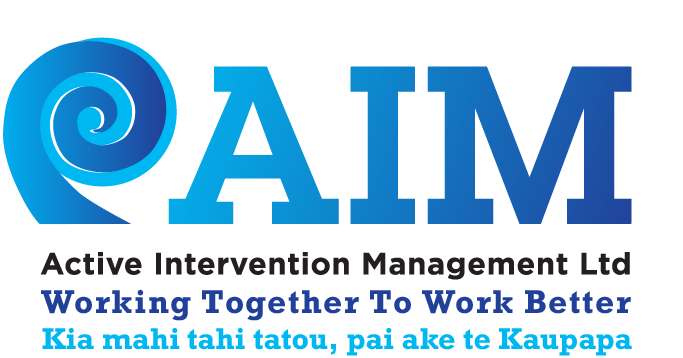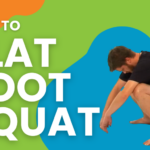This article has been kindly shared by Alison Richmond from Provention.
The Natural Movements We’ve Forgotten
It’s easy to overlook the simple, natural ways our bodies are designed to move. Yet, as we disconnect from these instinctive movements, we find ourselves facing a slew of preventable health issues such as back pain, joint arthritis, and even digestive troubles. I will highlight here the natural movements we’ve lost touch with and explain their profound impact on our wellbeing.
So, let’s focus on the ‘Flat Foot Squat,’ often known as the Asian Squat or Primal Squat. This movement is fundamental, yet it has largely vanished from Western cultures.
Why the Flat Foot Squat Matters
Universally, children from all corners of the globe, be it New Zealand, China, or the United States, instinctively squat with ease. This pose represents a natural resting position for the human body, enabling children to play, build sandcastles, and explore the world around them.
However, as we grow in Western societies, the ability to squat naturally diminishes. Not due to age, but because we cease to practice it. The transition to sitting in chairs and the use of Western toilets gradually eliminates the need for regular squatting, which remains prevalent in many non-Western cultures. There, individuals of all ages continue to squat naturally, demonstrating that age does not hinder this ability.
I discovered the advantages of this natural movement over two decades ago and began advocating its practice. At the time, the notion that such a foundational movement could benefit our health was often dismissed as outlandish, reserved solely for ‘underdeveloped’ regions. Fortunately, awareness has grown, and today, the flat foot squat is being recognised and researched for its numerous benefits.
The Health Benefits of Squatting Naturally
Consider the positive impact on hip joint health, spinal health, and even bathroom habits. There are advantages for women during childbirth, the list goes on. The more we understand, the more we realise how crucial this movement is for holistic health.
What’s Next? Exploring Hip Health and Arthritis Prevention
In my next post, I’ll focus on its significance for hip joint health and strategies to prevent arthritis and the need for hip replacements. Also, stay tuned for an upcoming post for a video tutorial on how to perform the squat effectively and safely.
Reconnecting with these natural movements empowers us to reclaim our health. By making small changes to our daily routines, we can harness the body’s innate wisdom and support our wellbeing.
We highly recommend you take the time to read Alison’s next post … Flat Foot Squat – Avoid the Need for a Hip Replacement







